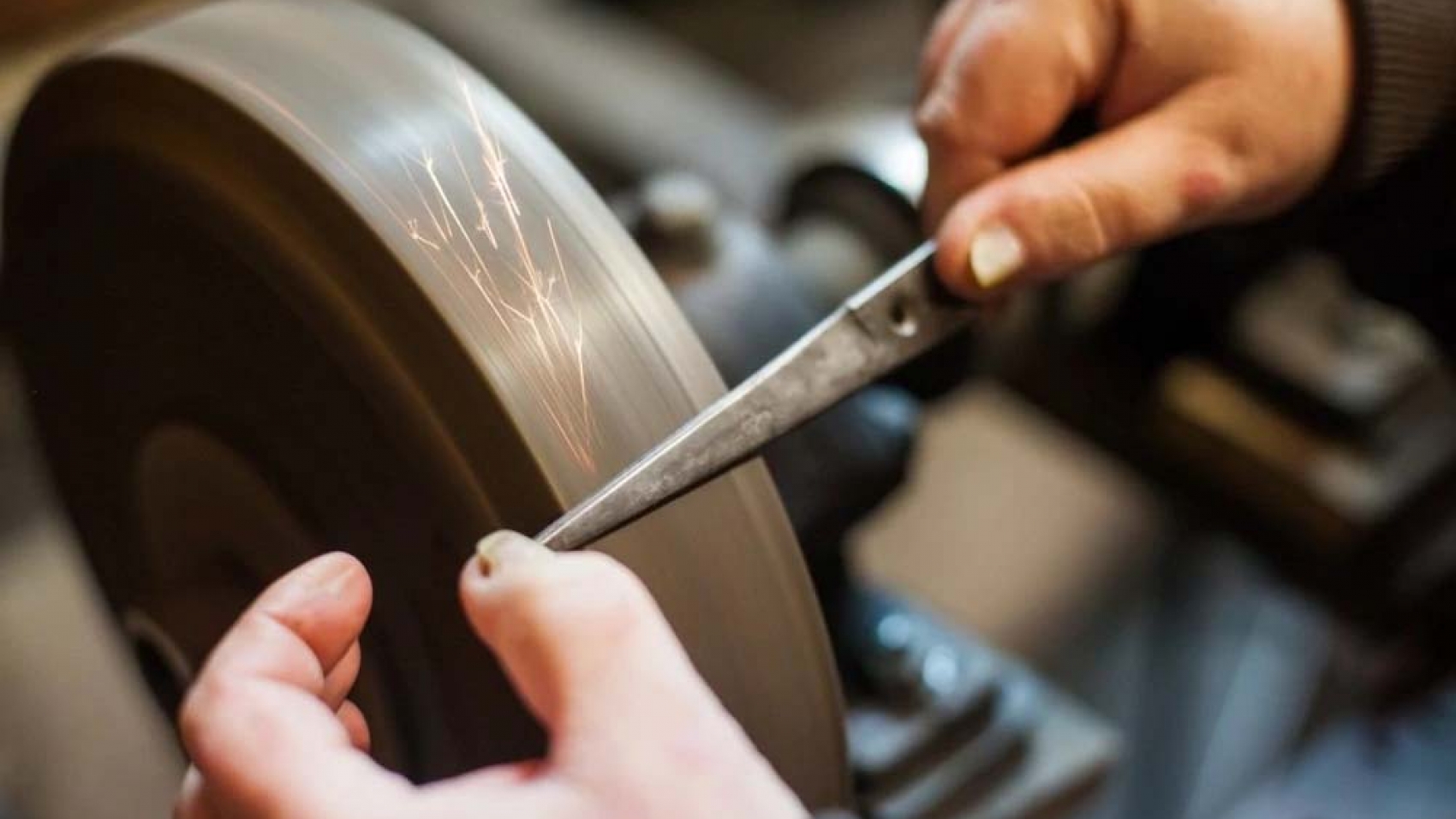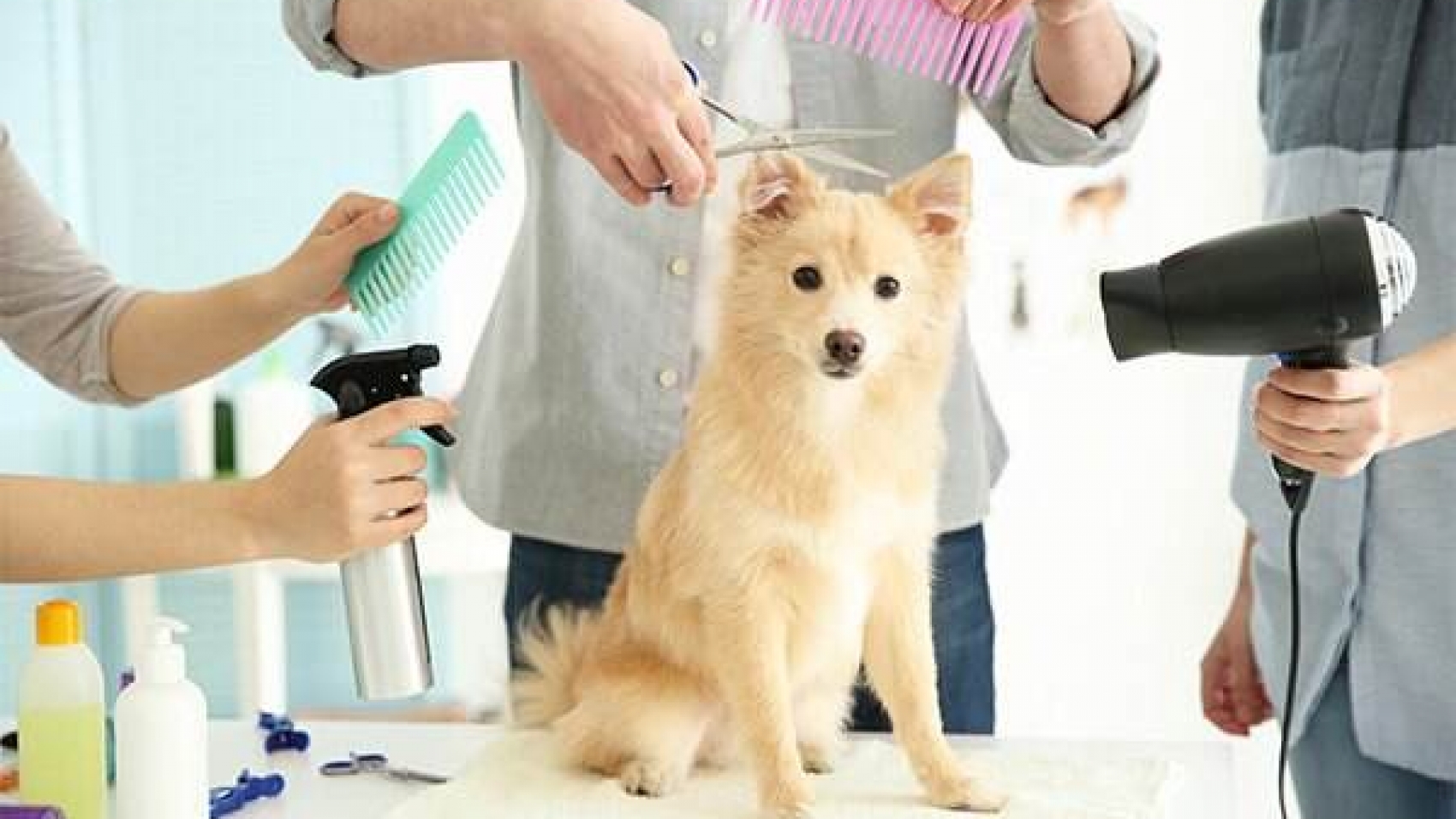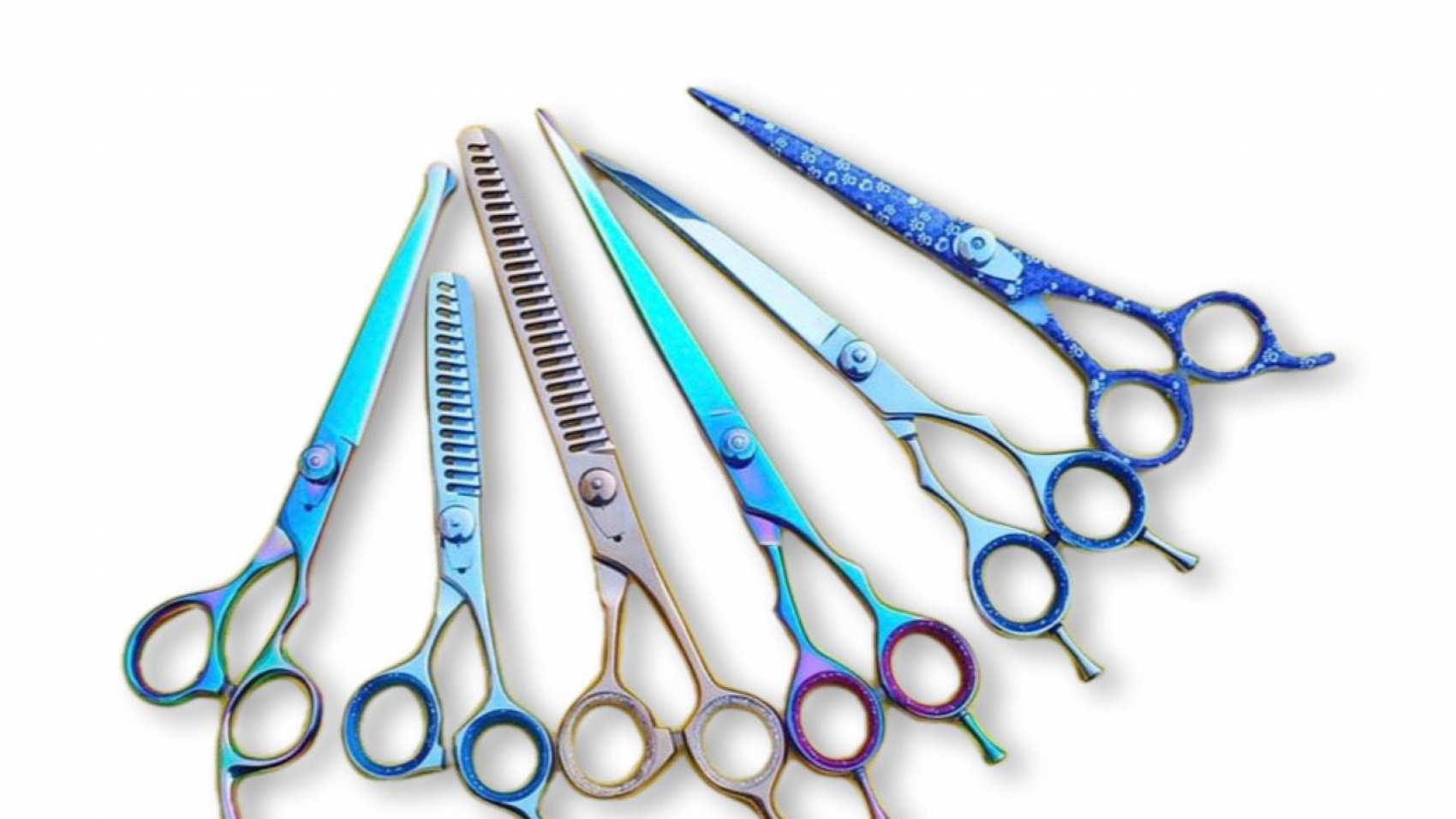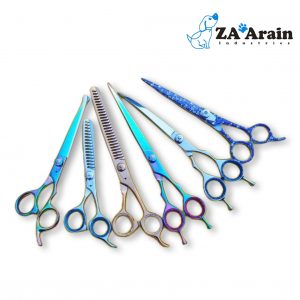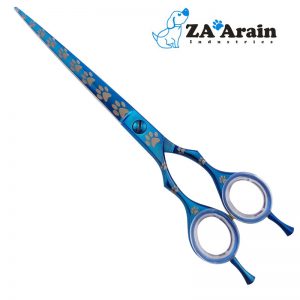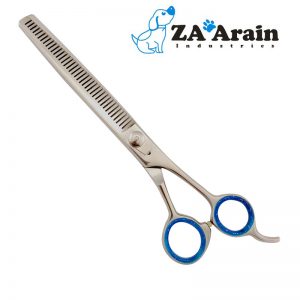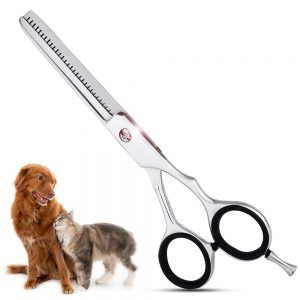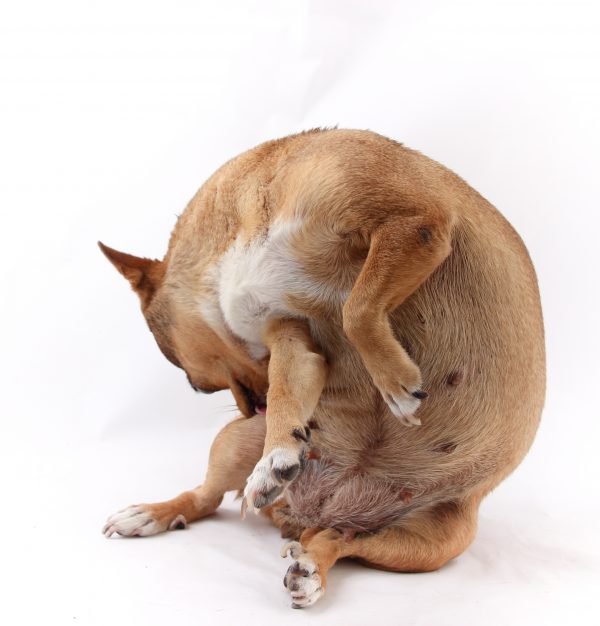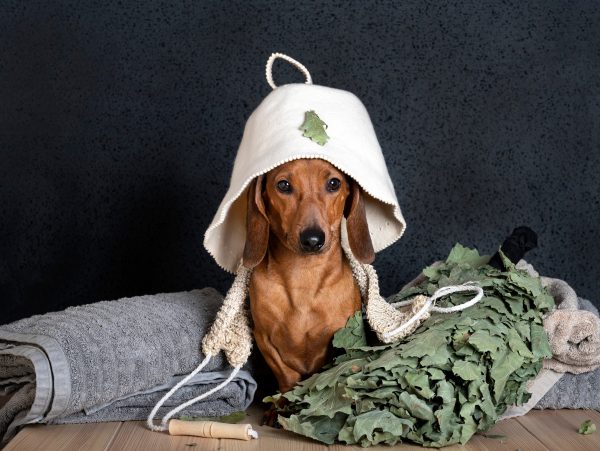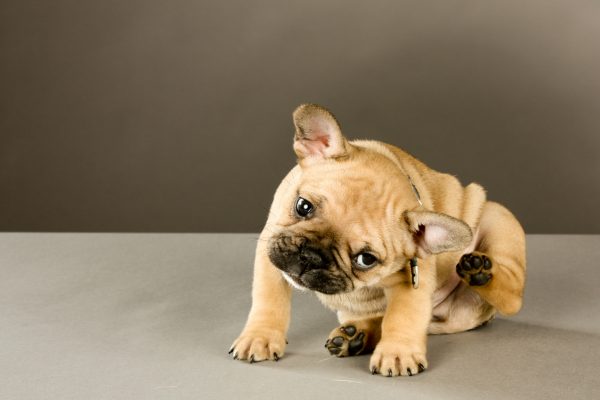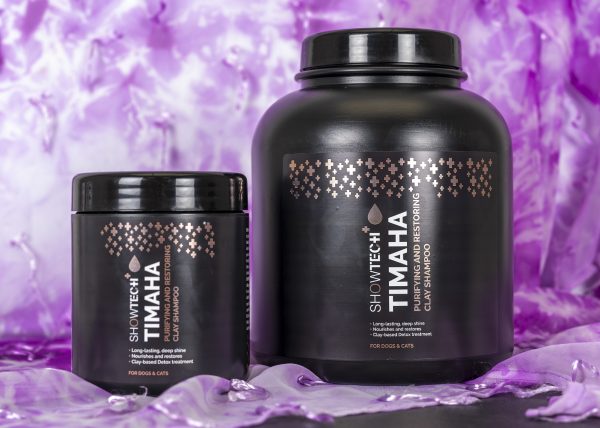Scissor Steel Materials Guide: The Top 14 Best Metals

Let me ask you a question… “What is the best scissor steel and how do you know you are getting your money’s worth?”
Sounds like a simple question, but it is one of the most confusing parts of buying a new pair of hairdressing scissors or barber shears.
What is the steel that my scissors are made from? What is the difference between low quality and high quality scissor steel?
The different types of scissor steel will determine:
- How sharp your blade is
- How easy it is to sharpen
- Rust and corrosion resistance
- How fragile and brittle the blade is
- How light the scissors are
- How many years your scissors will last
- With this being said, it’s easier to understand why you would pay $300 for a pair and not $99. If you are cutting hair almost every day, it’s important to have the right tools that last a long time, and have reliable performance.
Understanding Scissor Steel & The Different Quality Types
It is really difficult to figure out which pair of scissors is a good deal, when so many brands and models use various names and steel types. So what are the types of steel used for hairdressing and barber shears?
Scissor steel quality is determined by the Rockwell Hardness Rating (HRC/HR). What is the Rockwell HRC rating?
In short, it focuses on the strength of your scissors and their overall hardness. The harder the blade, the better quality they are.
Every type of steel is stainless steel. The grade of stainless steel if measured by the Rockwell Hardness Scale (HRC).
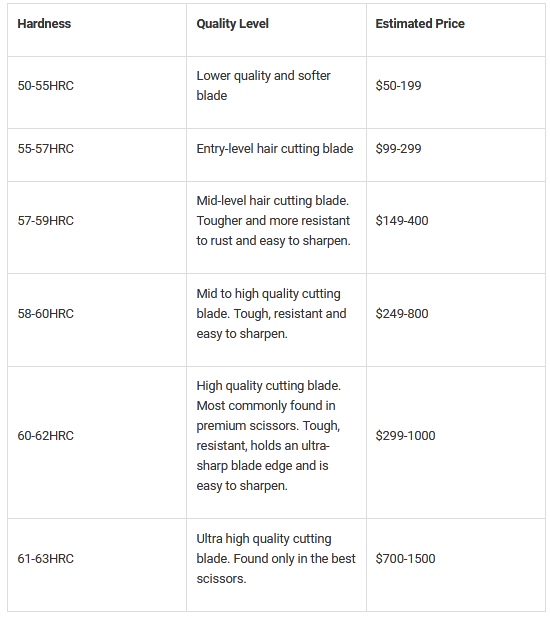
The higher the HRC the harder the material, the sharper the blade, the more resistant these are to corrosion, rust and so on.
The HRC isn’t the only consideration when choosing between low quality and high quality scissors. Manufacturing quality and standards also determine how sharp and performance your scissors will be.
Let’s start by looking through all the most popular scissor steel names, so you can understand your new scissors better.
The main difference in the quality of hairdressing scissors is the metal (stainless steel) used and the overall craftsmanship.
The difference between cheap metal and expensive metal used to make hair scissors could mean the difference of hundreds of thousands of dollars.
Here we will explain the best metal for hair cutting Shears and breakdown the quality of the most common steel used for scissors.
The Best Steel For Hair Cutting Scissors
All scissors are made from stainless steel, but the best steel for hairdressing scissors is from Japan.
The Japanese steel used for scissors gives sharper edges, requires sharpening less often, and a lighter balance that makes for perfect ergonomics.
The most popular Japanese steel for scissors are 440C, VG10 (VG-10), VG1 (VG-1) and Cobalt ATS314 (ATS-314).
Better Metal Better Blades
Japanese scissors use sharp convex edge blades that require hardened premium steel. This keeps a sharper edge on the blade for longer.
This improves all blades, but most professional Japanese shears with premium steel use Convex edge blades.
You will also require sharpening less often due the premium hardened steel.
Better Metal Better Ergonomics
The higher quality steel is surprisingly light. This lighter steel takes pressure off your fingers, wrist, elbow and shoulder while cutting.
Better Metal Longer Scissor Life
The higher quality Japanese steel means the scissors will be more resistant to corrosion, rust, and other general issues.
Japanese steel shears are expected to last between five to ten to twenty years, or longer if well maintained.
The Top 10 Best Hair Scissor Steel
With so many metals available, how do we know which is the best for professional hairdressing and barber Shears?
Here is our top 10 best to worst hairdressing scissor steel:
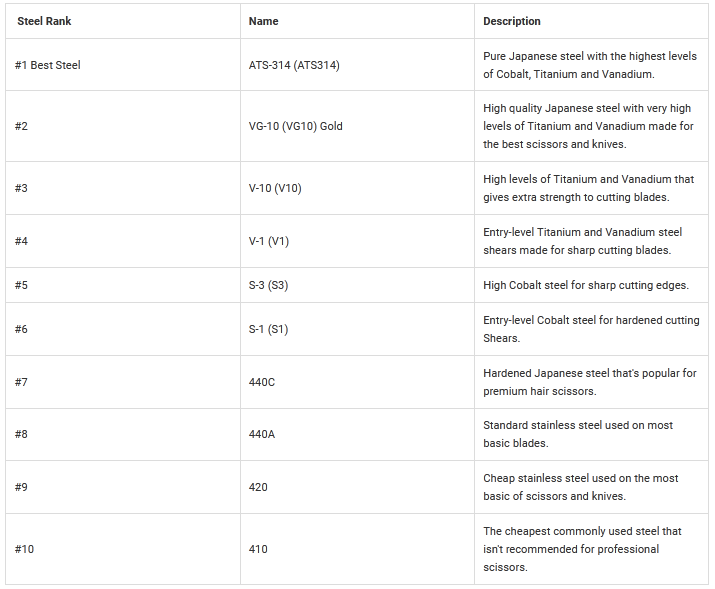
We have ranked the best steel based on quality, best value and its ability to perform well in the market. There is always a higher quality cutting steel, but we are grounded to reality with everyone having a budget.
So here is the best steel based on professional hairdressers and barbers across the world!
1. V-1 (V1): 64HRC
The V1 steel stands at the top as one of the highest quality steel used in the product of hairdressing and barber scissors. The V1 is an improvement on the VG10 steel that provides scissors with harder blades, improved toughness and crack resistance.
For hair scissors that use the V1 steel blades, you can expect premium quality and certainly a high price tag.
2. ATS-314 (ATS314): 62-63HRC
Made by Japan’s famous Hitachi Metals company, the ATS-314 is a high quality steel used to manufacture premium hairdressing scissors and barber shears. A lot of scissor brands talk about using ATS-314, or ATS314, steel, but few use the official metal made by Hitachi in Japan.
The ATS-314 steel creates a premium scissor blade with superior hardness. This ensures the blade stays sharper for longer, and does an excellent job at holding a sharp convex edge or clam shaped blade edge.
3. VG-10 (VG10): 60HRC
VG10 (VG-10), otherwise known as V Gold 10, steel is a unique design by Takefu Special Steel in Japan and is known to be used in some of the best quality hairdressing scissors. It uses the highest quality stainless steel for cutting and is made to be resistant to corrosion , abrasion and one of the strongest metals for hair scissors.
You can expect your VG10 scissors to hold a superiority sharp blade such as convex, clam shaped, or a bevelled edge.
VG10 is superiority sharp, light and used in high quality scissor manufacturing, but is not limited to Japan as Japanese metal companies export internationally.
4. 10CR: 60-62HRC
If you are looking for an upgrade from 440C or 8Cr13MoV steel, than the 10CR, otherwise known as “10Cr15CoMoV“, steel creates premium grade scissors for professional use.
Similar to Hitachi/Takefu’s VG10, the 10CR steel provides superior sharpness to hairdressing scissors.
This scissor metal ticks all the right boxes when it comes to toughness, blade edge sharpness retention, corrosion and wear resistance, and price.
An overall premium steel for professional hairdressing and barber scissors that won’t cost over $1000 per pair.
5. 440C: 58-60HRC
440C is a premium steel that is commonly found in popular brands like Yasaka. It is a perfect all rounder in its resistance, hardness and practical use at forging hair cutting scissor blades.
The good news is that you won’t expect to pay thousands of dollars for Japan 440C blades. They are perfect professional hairdressing and barber scissors that hold a sharp convex edge blade.
6. 8CR: 59-62HRC
The 8CR, otherwise known as 8Cr14MoV or 8Cr13MoV, is a confident steel that is used for high quality hairdressing scissors and barber shears. Similar to Hitachi’s 440C steel that turns any pair of scissors into a professional tool.
It offers great blade edge retention keeping your hair scissors sharper for longer. Corrosion and wear resistance for durability.
A perfect steel for all-rounder scissors that will satisfy any hairdresser or barber.
6. 7CR: 57-60HRC
The bigger and tougher brother of the 4CR steel, 7CR, otherwise known as 7Cr17MoV, offer good blade edge retention, is corrosion and wear resistance, easy to sharpen and an overall good scissor material.
Is this good enough for hairdressing or barber scissors? These will work perfectly for mid-range hairdressing scissors that perform for professionals, apprentices and home hairdressing enthusiasts.
7. 420: 56-58HRC
420 scissor steel is a slightly softer than the Japanese 440C, but performs for the mid-range of hair scissors from Japan. You can expect a cheaper price, but they will still perform well for professionals.
8. Stainless Alloy Steel: 55-58HRC
All steel used in the manufacturing of hairdressing scissors use stainless steel. Compared to most other named steels, stainless steel is a generic term and doesn’t provide you much insight into the quality of the scissor or shear product you are purchasing.
Based on research across multiple brands in Australia, the stainless steel products are usually between 55-58 HRC. Stainless steel scissors will cut hair, but you can expect them to be on the cheaper side ($99-200).
9. S-3 (S3): 62HRC
A rare and unique steel from Yasuki Silver in Japan. The S3 offers superior hardness for cutting blades and is mostly found in chef and kitchen knives, but also found in a few hairdressing scissor and barber shear blades from Japan.
What can you expect from S3 steel? Premium hardness, corrosion resistant and an overall high-performing pair of hair scissors made for professionals.
10. 410: 56HRC
410 is a simple chromium stainless steel with superior wear, corrosion and damage resistance. Commonly found in mid-range hairdressing scissors from Japan.
11. Chromium Steel: 53-56HRC
Chromium steel comes in different sub-categories and is generally a low-to-mid range steel that is used in scissors from Germany or Europe. Famous brands like Jaguar use Chromium steel when making their entry-level hair scissors.
Great for scissors on a budget, these will be affordable and the quality of the sharpness is better for bevel edge blades.
12. 4Cr14MoV: 56-58HRC
The 4Cr14MoV has similar characteristics as the 4Cr13, and is more commonly found in hairdressing scissors due to its availability. Found in mid-range hairdressing scissors.
These perform well in the mid-range for hairdressing scissors and are very common in scissor brands made outside of Japan.
13. 3Cr13: 52-55HRC
The 3Cr13 is a simple stainless steel from China that has similar qualities to the popular 420J2 (AUS 4). A basic steel found in simple hair cutting scissors and is definitely not recommended for thinning shears.
14. 4Cr13: 55-57HRC
4Cr13, otherwise known as 40Cr13, is a standard stainless steel that is the tougher and harder brother of 3Cr13. The higher strength allows for scissor manufacturers to craft sharper convex edge or bevel edge blades.
Should you be confident in a pair of scissors made from 4Cr13 scissors? They will perform like most mid-range hairdressing or barber scissors and the 55HRC+ hardness is good enough to keep cutting without breaking bank.
The Different Between Low-Quality Steel and High-Quality Steel
All scissors are made from stainless steel, but the best steel for hairdressing scissors is from Japan.
The Japanese steel used for scissors gives sharper edges, requires sharpening less often, and a lighter balance that makes for perfect ergonomics.
The most popular Japanese steel for scissors are 440C, VG10 (VG-10), VG1 (VG-1) and Cobalt ATS314 (ATS-314).
Better Steel Better Blades
Japanese scissors use sharp convex edge blades that require hardened premium steel. This keeps a sharper edge on the blade for longer.
This improves all blades, but most professional Japanese shears with premium steel use Convex edge blades.
You will also require sharpening less often due the premium hardened steel.
Better Steel Better Ergonomics
The higher quality steel is surprisingly light. This lighter steel takes pressure off your fingers, wrist, elbow and shoulder while cutting.
Better Metal Longer Scissor Life
The higher quality Japanese steel means the scissors will be more resistant to corrosion, rust, and other general issues.
Japanese steel shears are expected to last between five to ten to twenty years, or longer if well maintained.
Read more about low quality and high quality scissor steel here.
Where Does the Best Scissor Steel Come From?
The best scissor steel comes from Japan, Germany and China. The highest quality steel is manufactured in Japan and is responsible for the international hype around Japanese hairdressing scissors.
Germany produces high quality chromium steel and has led to successful scissor brands like Jaguar Solingen being able to seduce the world with its quality hair cutting tools.
China produces high quality steel in bulk and contrary to popular belief they are able to compete with Japan and Germany in quality. They also have the best value steel for professionals at a superiority affordable price.
Read more about the best metal for hair cutting scissors here.
Frequently Asked Questions About Scissor Steel
Here we have compiled a list of the most common questions about steel and metals used to make hairdressing scissors and barber Shears.
- Question: What scissor steel should I buy?
Answer: We receive a lot of calls and emails about which scissor steel is the best, and it really depends on your budget. The best quality would be V1, VG10 or ATS314, but that could also cost you $1000 per pair. For the best value, you can focus on pairs for a hardness of 58HRC and above. - Question: Should I buy Titanium steel scissors?
Answer: Titanium steel scissors are a bit misleading as they are generally a colour coating or maybe a small ingredient in the creation of the steel. Focus on the HRC, which defines the scissor steel hardness, and you can then find a hair cutting tool that suits your needs. - Question: What is the best steel on a budget?
Answer: 440C steel is the best Japanese steel on a budget. Otherwise a high-quality stainless-steel scissor with 56HRC would be both affordable and performing enough to cut hair. - Question: How do I choose hairdressing scissors?
Answer: The key difference between scissors that affects the price and quality of the pair is the steel. The higher quality steel costs more, but it makes your hair cutting scissors sharper, last longer and overall a quality purchase.

